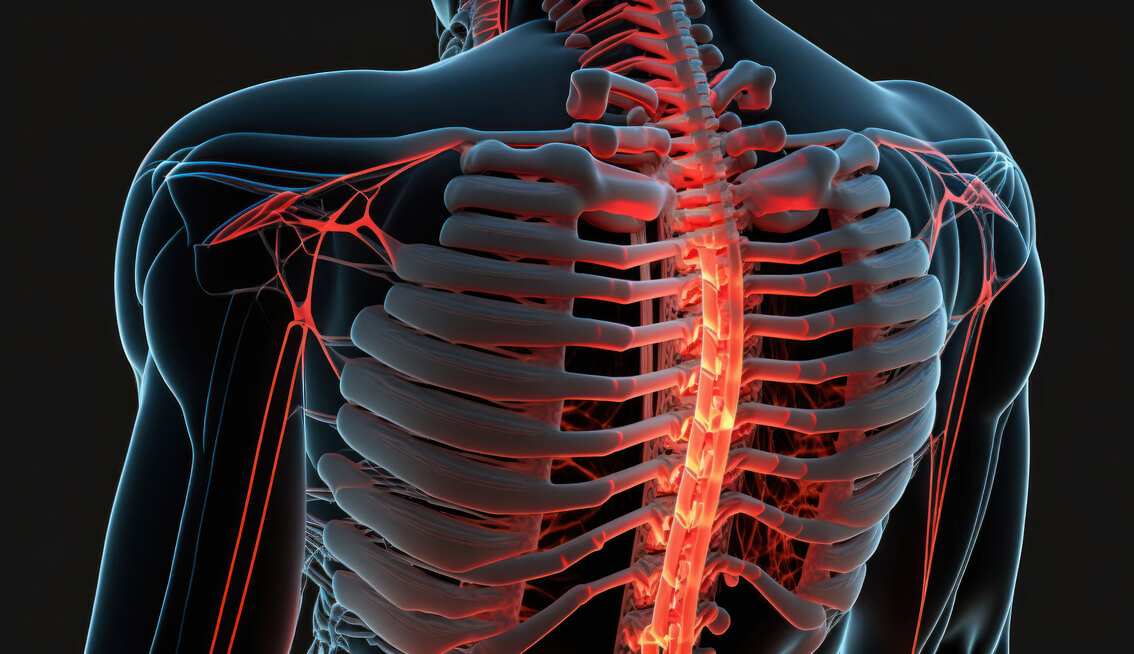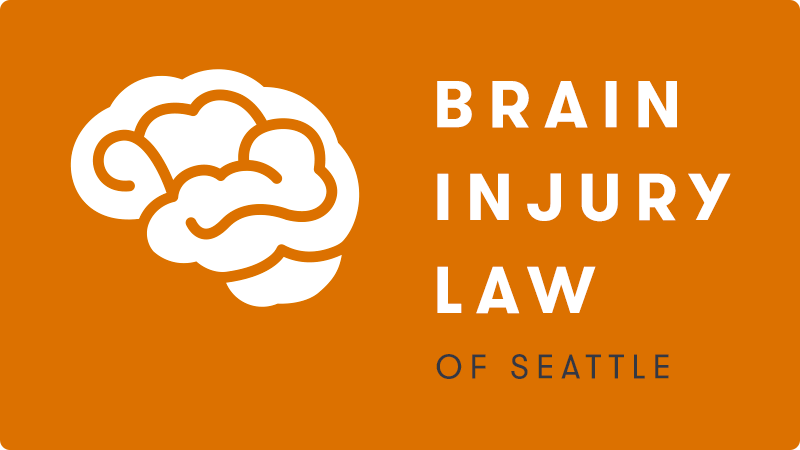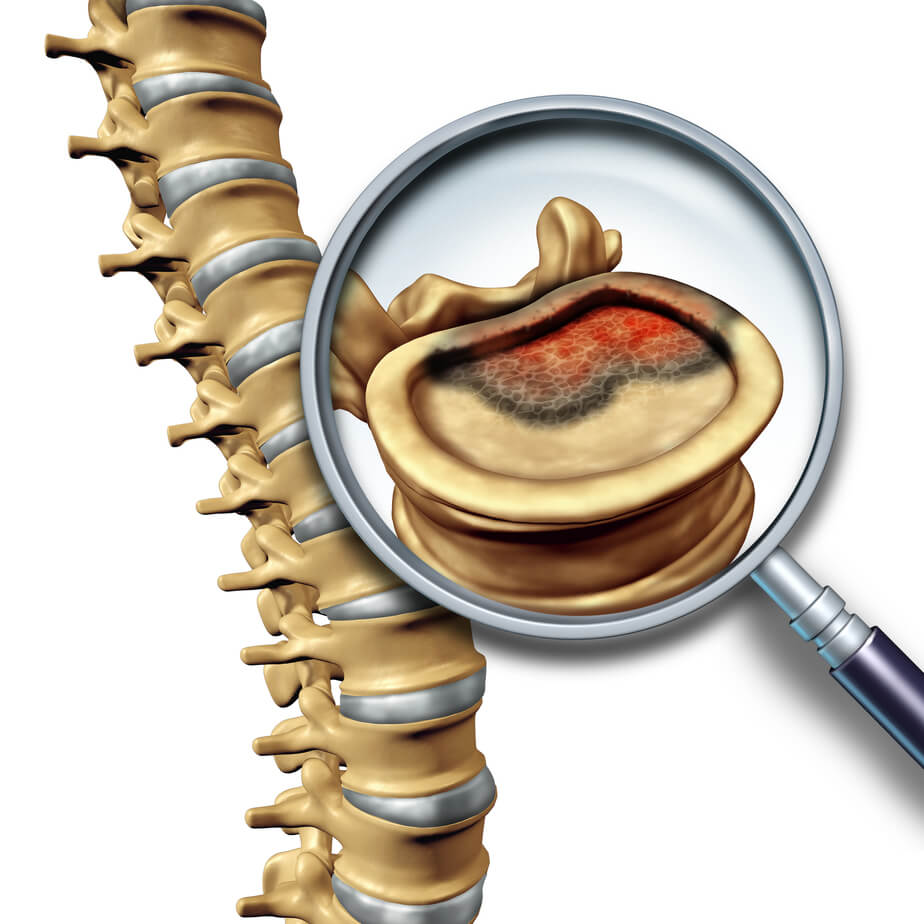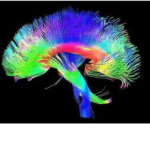Spine injuries can be severely life-altering and render you paralyzed. Considering the adverse repercussions of a spinal cord injury, it’s essential to understand how they occur and what you can do to prevent spinal injury.
Depending on the circumstances of your injury, you might want to take legal action against the organization or individual that either directly or indirectly caused your spine injury. Legal professionals from Brain Injury Law of Seattle can help you construct a case for your spinal cord injury. Call today to schedule a free consultation.
Page Contents
What Is a Spinal Cord Injury?
The spinal cord is part of your central nervous system and relays brain signals to control motor functions, sensory information, and reflexes. Without your spinal cord, you wouldn’t be able to move or feel.
Layers of tissue called meninges and vertebrae (spinal bones) protect the spinal cord. When harsh movements, physical trauma, or accidents damage components of the spinal column, you suffer a spinal cord injury, and medical care becomes necessary.

How Do People Suffer Spinal Cord Injuries?
Spinal injuries are some of the worst injuries. To suffer a traumatic spinal cord injury, your body has to experience a high level of spinal cord compression or move suddenly in an adverse way. As such, an acute spinal cord injury can occur from various dangerous, thrill-seeking activities to everyday things like motor vehicle accidents and falls.
Symptoms of Spine Injury
Learning the symptoms of spinal cord injury could be crucial to your diagnosis and recovery. With any spine trauma, time is of the essence. Beginning treatment earlier gives you a chance to maximize your recovery.
Some spinal cord injury symptoms include:
- Sudden loss of movement or feeling in your body
- Inability to feel hot or cold things
- Loss of bladder control or bowel control
- Significant pressure in your back or neck
- Spasms or sudden involuntary reflexes
- Lingering pain or intense stinging
- Changes in sexual function
- Difficulty breathing or swallowing
- Neurological disorders
- Impaired sensory function
- Blood clots or lingering bone fragments
- Blood pressure symptoms
If you notice any spinal cord injury symptoms, don’t hesitate to seek help from a medical professional.
Types of Spinal Cord Injury
Overall, there are a few different ways to classify acute spinal cord injuries. These categories help doctors understand how traumatic spinal cord injuries can affect a patient.
The first two categories for spinal cord injuries are complete or incomplete. Complete spinal cord injuries completely paralyze the victim from the point of the injury below. Conversely, an incomplete injury might leave some function on one or both sides of the body, indicating that certain pathways within the spinal cord can still communicate with the brain.
Aside from the completeness of the injury, there are also ways to classify the level of paralysis a patient experiences. With tetraplegia (or quadriplegia), the spinal cord impacts the motor function of your arms, legs, hands, trunk, and pelvic organs. Paraplegia only refers to paralysis that impacts part or all of the trunk, legs, and pelvic organs.
You can also classify these injuries based on their position in the spine. These positions include:
- Cervical Spinal Cord Injuries
- Thoracic Spinal Cord Injuries
- Lumbar Spinal Cord Injuries
- Sacral Spinal Cord Injuries

How Are Spinal Cord Injuries Diagnosed?
Diagnosing a suspected spinal cord injury requires holistic diagnostics of the many functions controlled by this crucial nervous center of the body. From motor function to sensory checks, your doctor will work to understand whether you have a spinal cord injury and how it might impact your body.
Some of the main methods doctors use to diagnose the spinal cord injury types you might have include:
- CT scan
- MRI
- X-ray
- Imaging
- Blood tests
- Radiological Evaluation
Spinal Cord Injury Treatment
Spinal cord injury treatment depends on the injury’s severity and when you seek medical attention. In trauma cases, doctors may rush you into emergency surgery. Other immediate, non-surgical treatments include corticosteroids. Otherwise, spinal cord injury treatment often entails inpatient or outpatient rehabilitation aimed at recovering any remaining basic strength and motor functions. This can range from physical therapy to occupational therapy as determined by your health care provider. In some cases, vocational rehabilitation is necessary.
Request Professional Legal Help From Brain Injury Law of Seattle
Depending on the types of spinal cord injuries you suffer from an accident, you might want to consult the spinal cord injury attorney in Seattle about taking legal action. If your long-term quality of life, life expectancy, or ability to provide appropriate self-care is impacted, obtaining the necessary resources is possible. Professionals from Brain Injury Law of Seattle prioritize your health and treatment throughout the duration of your case. Our award-winning attorneys work hard to help you make a strong case. We are dedicated, reliable lawyers who aim to help you pursue justice.
For more information about taking legal action for your spinal cord injury case, contact us and request a free consultation today. We’re ready to discuss your case.






